Word of mouth is absolutely key to our growth. When you provide your customers with a distinctive experience, they’ll bring you the customers you want.
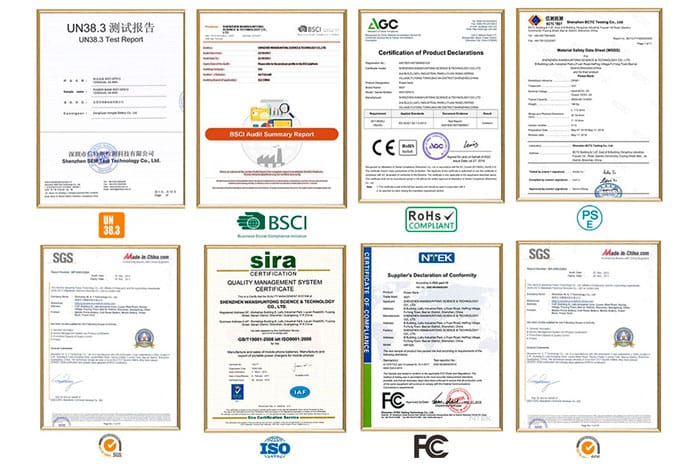
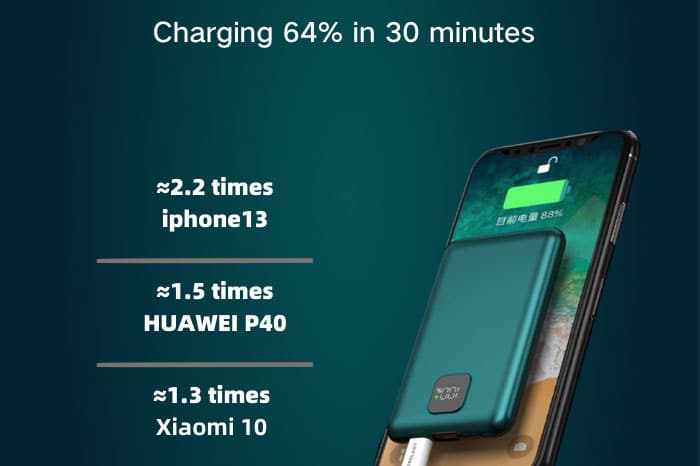

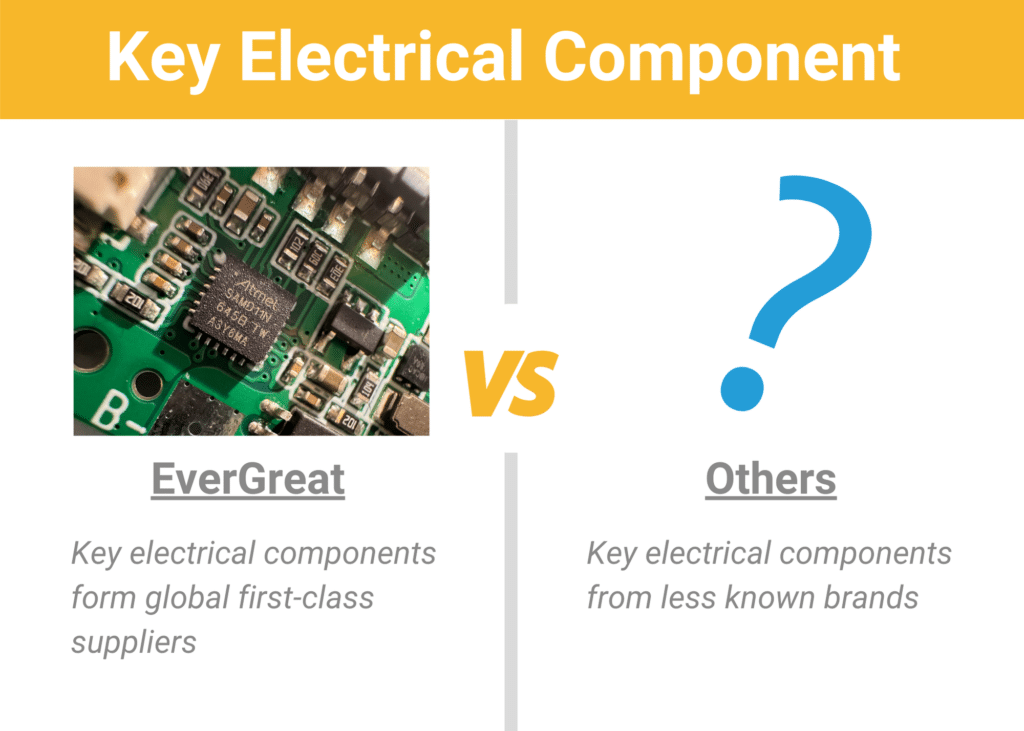
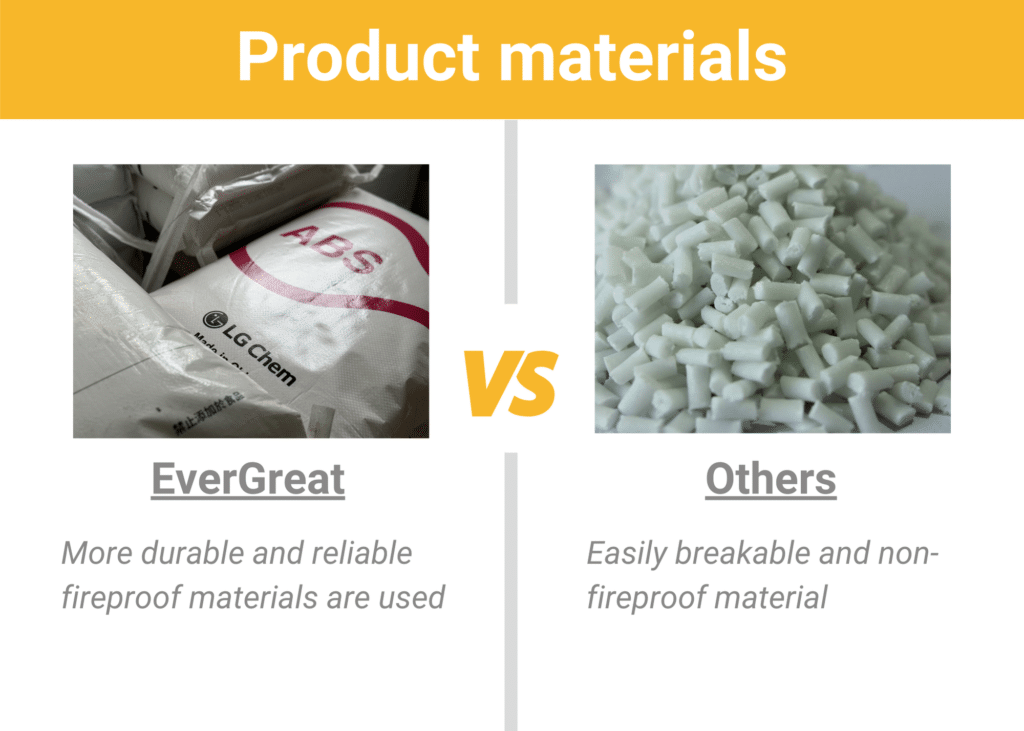
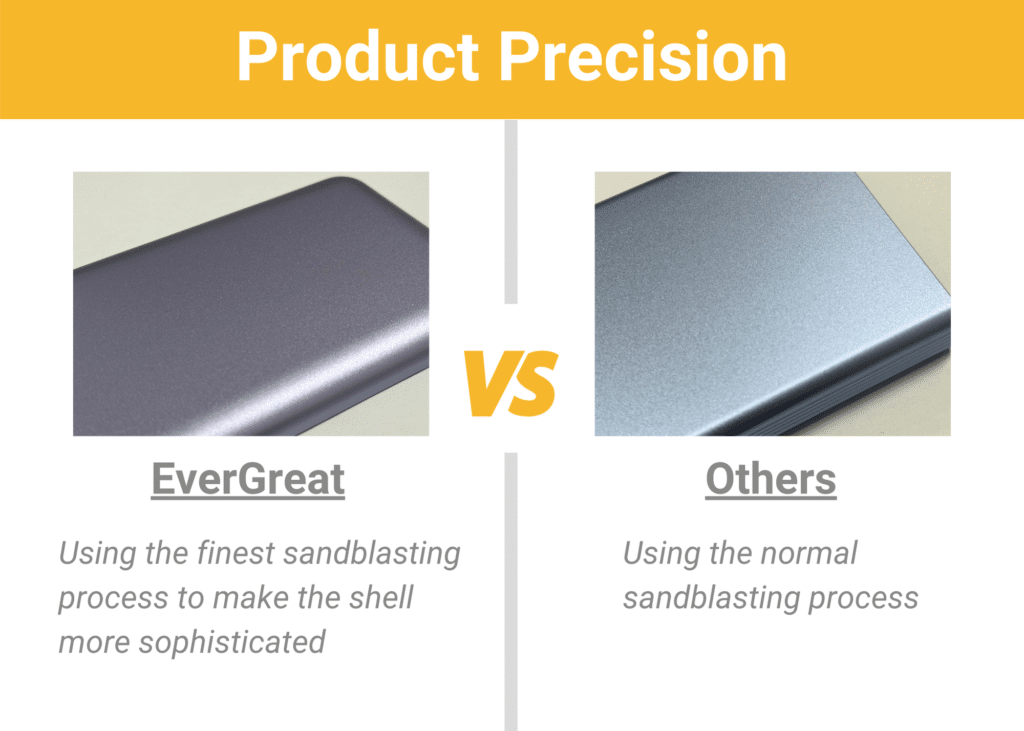
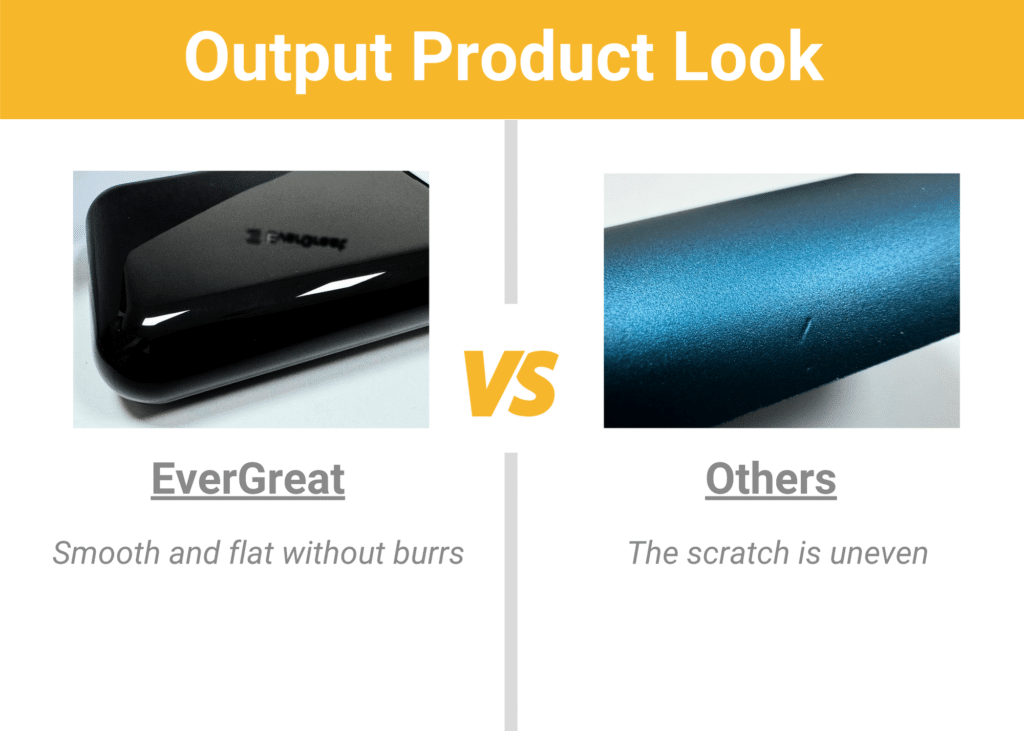
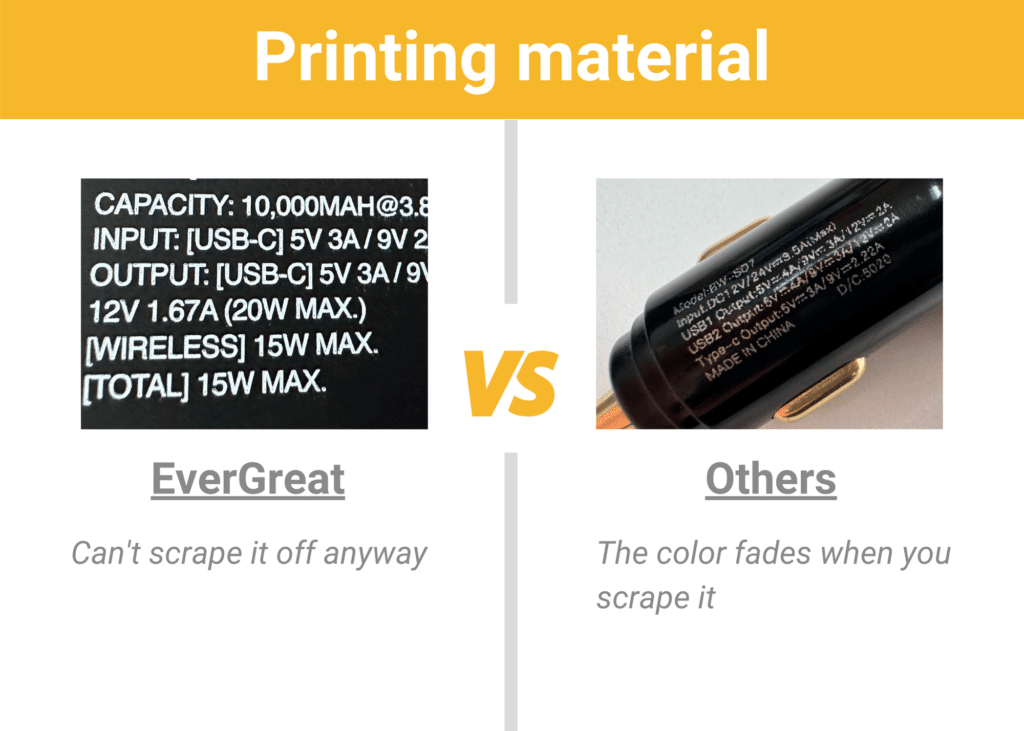
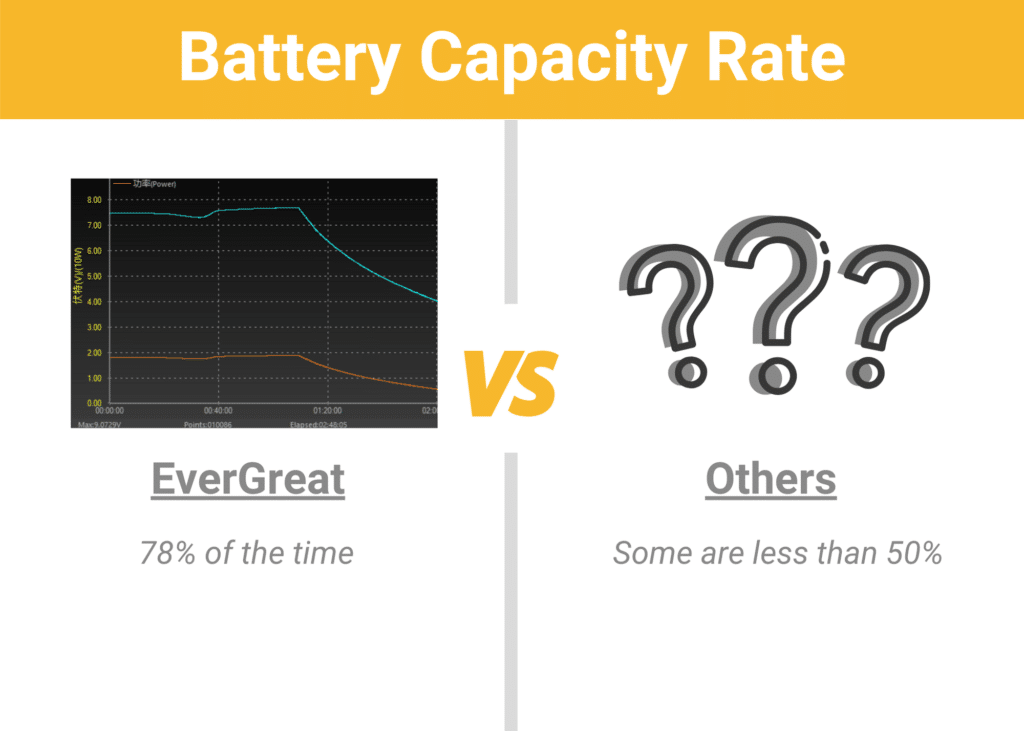
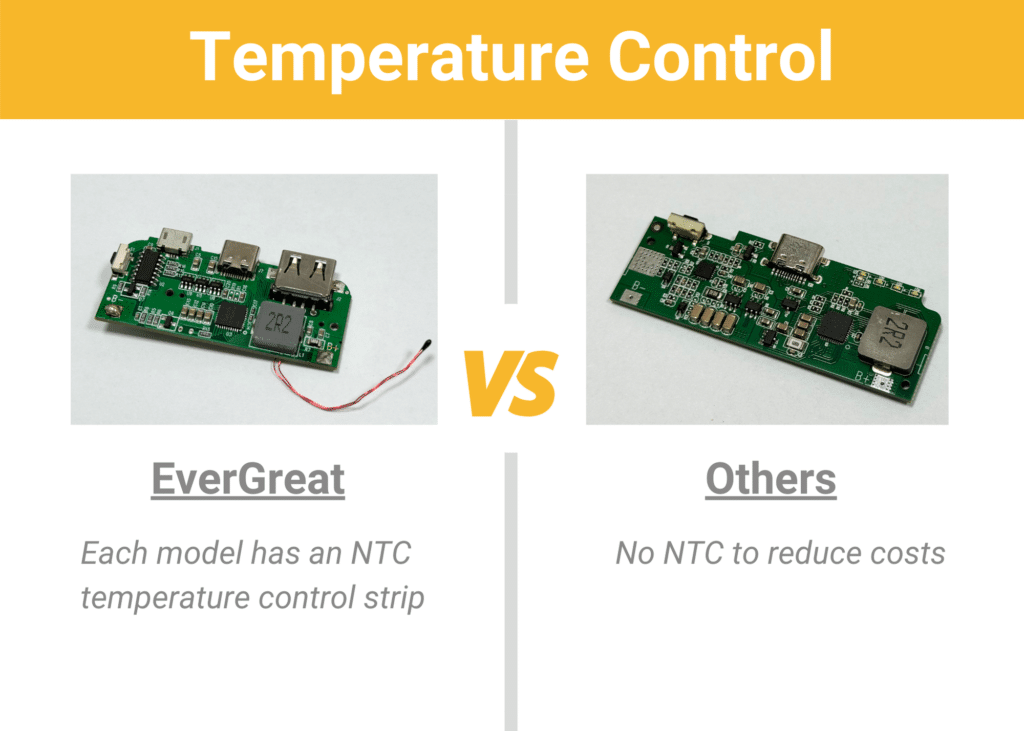
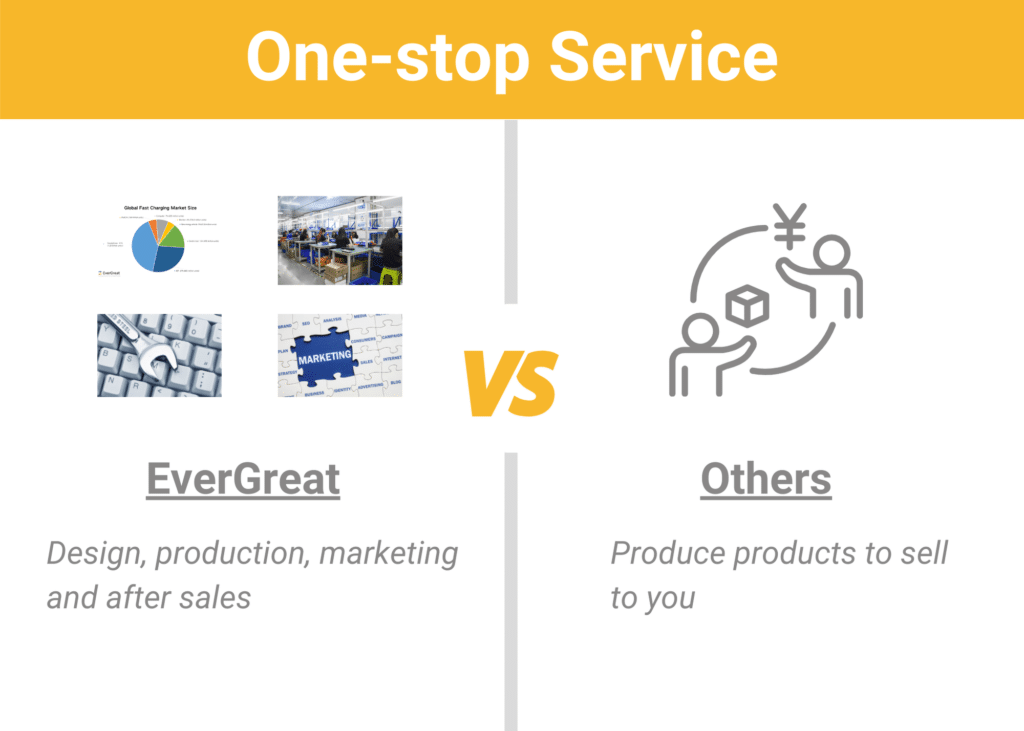
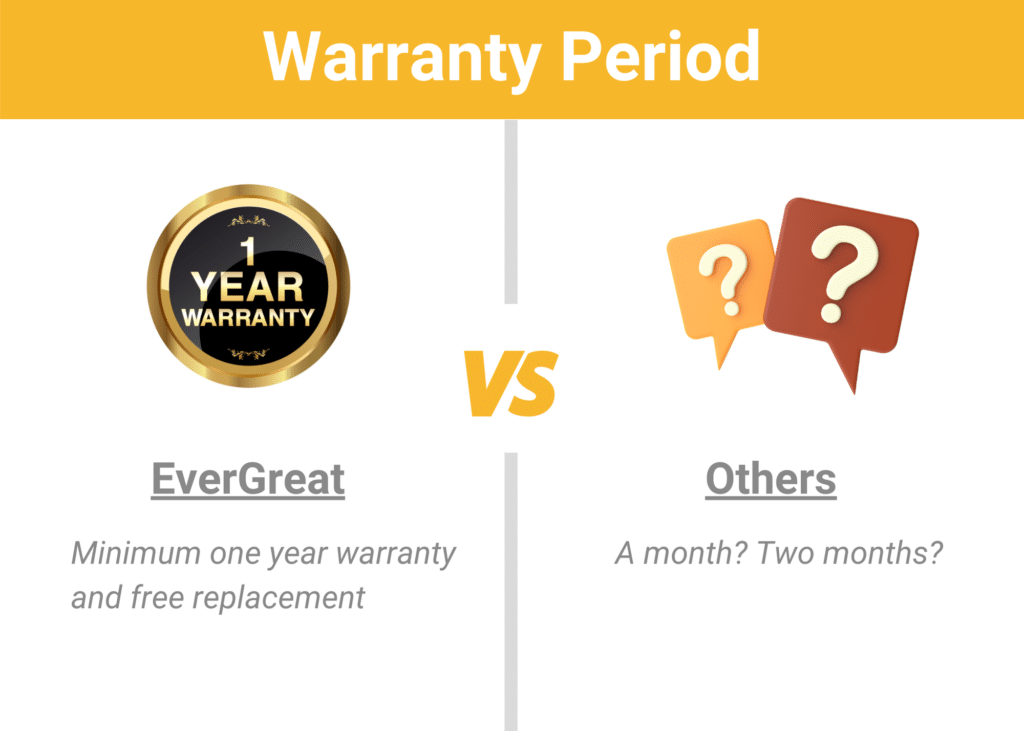
Are you frustrated that every transaction fails due to the safety and functionality of various mobile chargers?
EverGreat’s mobile charger products can pass various certifications, update the latest charging technology at all times, and charge different devices at the same time to meet the rapidly changing and diverse market needs.
In addition, we also provide professional product marketing materials and solutions, as well as follow-up 24-hour online technical support and after-sales service.
Cooperating with EVERGREAT, you will be globally competitive, set an industry benchmark, have a good investment portfolio, and have the opportunity to obtain orders that competitors cannot win.
Quality is an arms race between you and your competitors. Every time your competitors improve their products, they change the basis of competition.
However, technological upgrades in mobile chargers could be a game-changing shortcut.
EverGreat’s product components are all supplied by global first-class, and this cannot be changed. Secondly, in terms of PCB design, each product has a complete self-safety inspection system, which helps to better control product quality and maintain consistency.
Furthermore, each product has to go through a strict 3-step internal inspection process before leaving the factory, and it can only be released after reaching the standard, which can greatly reduce the defect rate and improve your brand reputation.
Safety is a matter of primary importance for any electronic product.
All the products we made meet the authoritative criteria of CE, FCC, RoHs2.0, UL, etc.
All products have complete self-safety monitoring systems like over-charge, over-discharge, over-voltage, over-current, over-power, over-temperature, electromagnetic field short-circuit, etc.
Your customers will thank you for protecting them in a worry-free environment.
Every mobile charger supplier is trying to reduce their unit costs.
But instead of keeping the eyes on the initial purchase price, how efficient a good mobile charger could be is more important: If they can sell mobile chargers that are safer, last longer, and run more efficiently, they can sell more and more.
Spend more time on growing your business, which is maximum efficiency.
Keep updating your knowledge of this market and your understanding of the latest technologies for charging.
From products to articles and videos, EverGreat is the first to show you the latest technology.
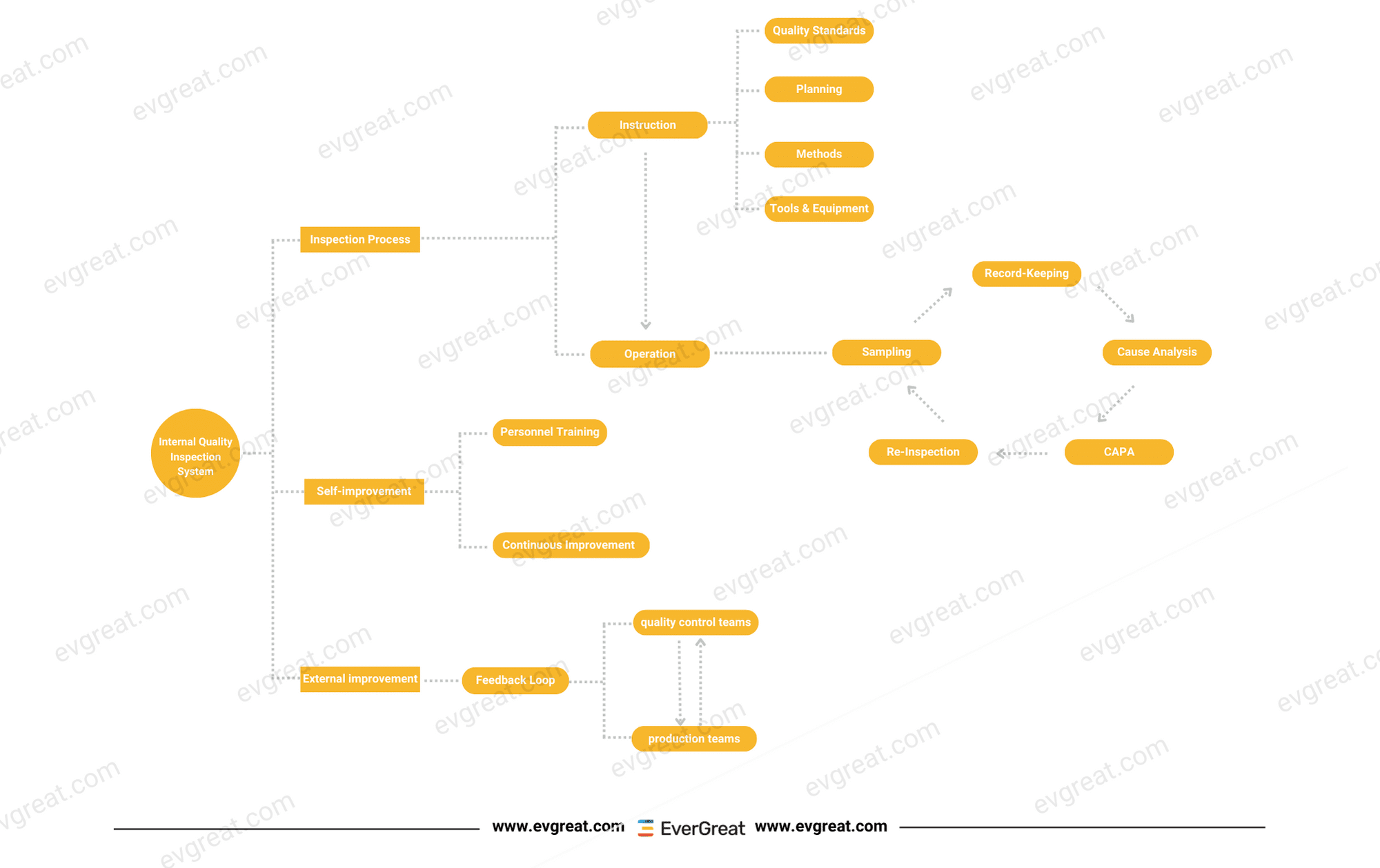
Word of mouth is absolutely key to your growth and quality is the first factor to build a good reputation.
A complete internal inspection system is the premise of providing high-quality products, which entails the following 3 major parts:
Part 1: Inspection Process
Part 2: Self-improvement
Part 3: External improvement
These 3 plates are independent and complementary. EverGreat’s internal inspection required in each part as follows:
Part 1: Inspection Process
This part is the routine process of testing products. It is roughly divided into two step:
First Step: Formulate instructions
Quality Standards: First, the company defines clear quality standards and specifications for its products or processes. These standards can include dimensions, materials, performance criteria, and safety requirements. Secondly, the company has to formulate relevant quality metrics and key performance indicators (KPIs), such as defect rates, yield, and first-pass yield are monitored to assess the effectiveness of quality inspections.
Inspection Planning: A plan is created outlining when and where inspections will occur. This plan includes details such as what will be inspected, who will perform the inspections, and the inspection methods to be used.
Inspection Methods: Depending on the nature of the product or process, various inspection methods may be employed. These methods can include visual inspections, measurements, tests, and checks for compliance with specifications.
Inspection Tools and Equipment:
– Visual Inspection: Visual checks for defects or irregularities in the product’s appearance.
– Measurement Tools: Instruments like calipers, gauges, and micrometers are used to measure dimensions and tolerances.
– Testing Equipment: Specialized machines for conducting tests such as tensile strength, hardness, electrical conductivity, or functionality tests.
– Non-Destructive Testing (NDT): Techniques like X-rays, ultrasonic testing, and magnetic particle testing to inspect materials without causing damage.
Second Step: Operation
Sampling:
– Common methods like Acceptance Sampling or Statistical Process Control (SPC) are used to determine the size and frequency of samples to be inspected.
– Sampling plans are often based on recognized standards like ISO 9001 or industry-specific guidelines.
Record-Keeping:
– Detailed records of inspection results are crucial for traceability and quality control.
– Records should include inspection dates, inspector names, specifications, and the disposition of non-conforming items.
Cause Analysis:When defects are identified, root cause analysis tools like the “5 Whys” or Ishikawa (Fishbone) diagrams are employed to determine the underlying causes.
Corrective and Preventive Actions (CAPA):Corrective actions address immediate issues found during inspection, while preventive actions aim to prevent recurrence of similar issues in the future.
Re-Inspection:products may undergo re-inspection after corrective actions have been implemented to ensure that the issues have been resolved.
Part 2: Self-improvement
The quality inspection department itself should also continuously improve, which includes two parts:
Personnel Training: Quality control personnel typically receive training and certification in inspection techniques, standards, and the use of inspection equipment. Trained quality control teams or inspectors are responsible for conducting these inspections. Their expertise is crucial in identifying deviations from quality standards.
Continuous Improvement: The principles of Continuous Improvement (e.g., Lean or Six Sigma) are often applied to quality inspections to optimize processes and reduce defects over time.
Part 3: External improvement
After finding the problem, if improvement is the most important thing. So this part is more about communication.
Feedback Loop: Inspection results and findings are often communicated back to relevant departments, such as production or engineering, to address systemic issues and improve overall quality. Regular communication between quality control teams and production teams is essential to address issues promptly and share insights for improvement.
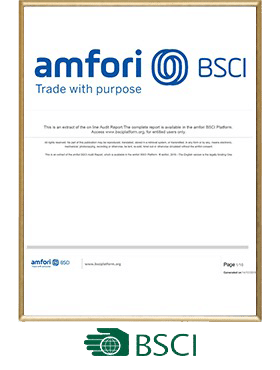
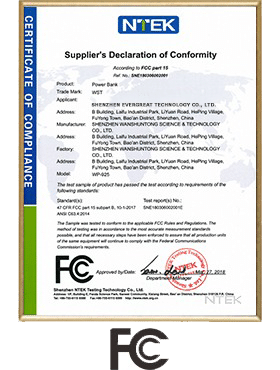
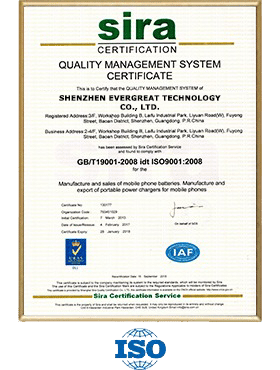
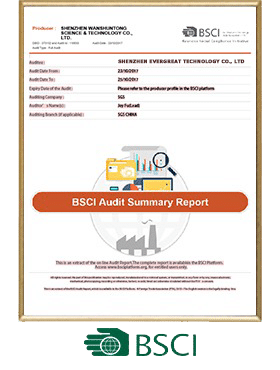
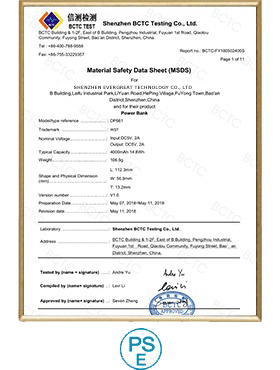
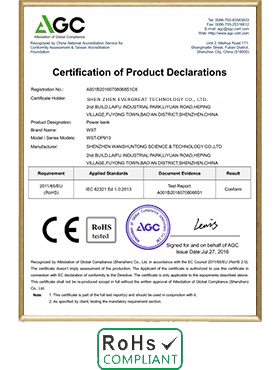
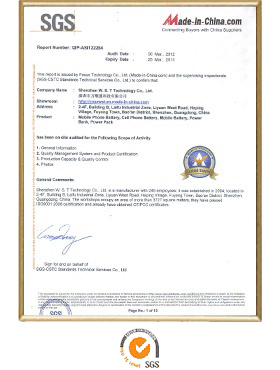
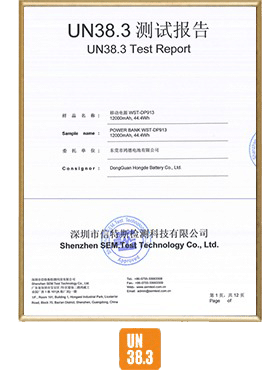
Come to meet our professional representative, the founder of EverGreat Technology, Miki Lee. We believe that her rich experience can help you better understand, select and promote products.
Years of Working Experience
Happy Clients
Programs & Trainings

We help you avoid the pitfalls of delivering the quality and value chargers need on time and on budget.
Building 703, Pengji Industrial Zone, Pengxing Road, Luohu District, Shenzhen, China
info@evgreat.com

Consult Your EverGreat Mobile Charger Experts
Our sales team has received your inquiry and will get back to you as soon as possible.
Our sales team will get back to you as soon as possible.